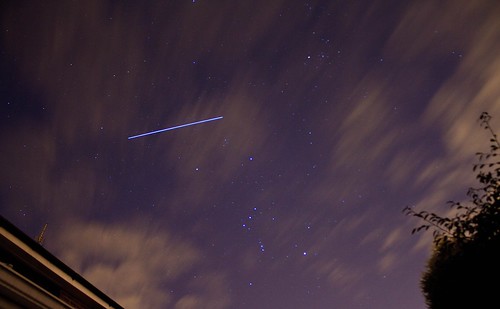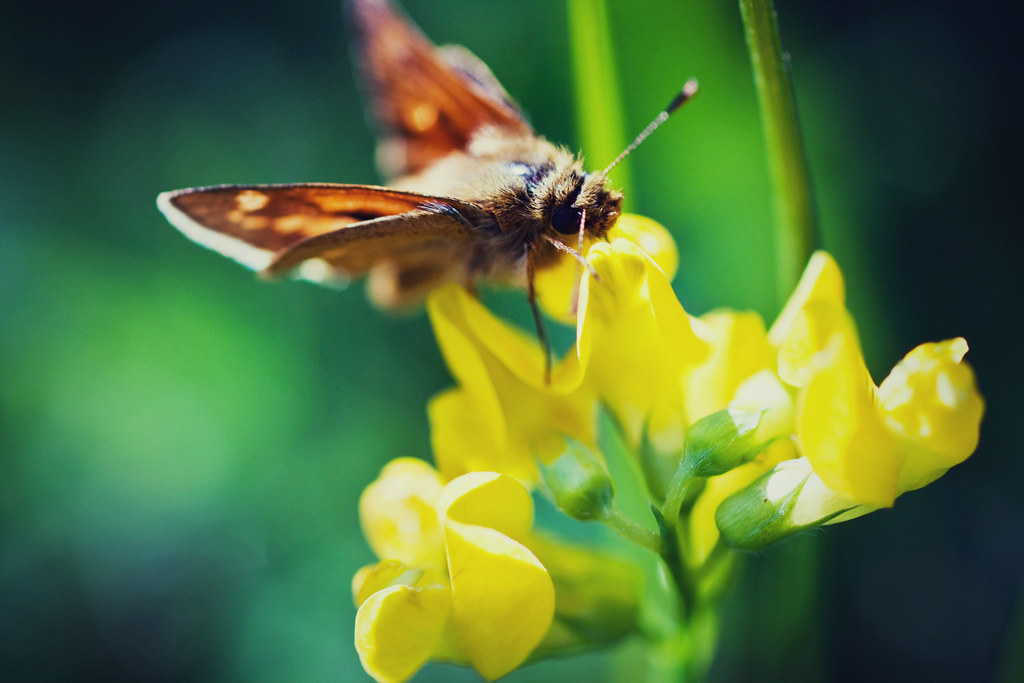
A lot of people have asked me how I photograph the ISS using long exposure & it is quite simple.
Firstly you need to find out when the pass is going to happen, where it will happen & how bright it will be. You can do this by following a number of people on twitter if you have an account. I follow @VirtualAstro & he always tweets the time & place for UK users. Alternatively you can use Heavens-Above. This website, using your location, can tell you the exact time & place for the pass. Once you've got your time, check the weather. If the weather is clear, you're on your way to seeing the ISS!
Secondly, assemble your equipment. For this, you need a DSLR or a compact camera capable of long exposure. I usually go for a 15 second exposure depending on light conditions. I set my camera up on a tripod (a tripod is definitely necessary) & program my camera. My typical settings are 15" sec exposure, ISO 400, 18mm. I always use my 18-55mm kit lens but any wide angle lens works just as well. You can even try photographing the ISS with a long lens (around 300mm) to see whether you can get a close up of the craft.
Set your camera up facing the direction where the ISS will rise & get ready. You should set your camera on a timer or use a remote to avoid shake. When the ISS is visible (it will look like a really bright star moving slowly) you should make any last minute focusing changes & then let your camera stabilise & then shoot. Avoid touching the camera until the exposure is complete, then re-adjust your camera for more photographs or just enjoy seeing a spacecraft float above you!
Post processing should be kept to a minimum. You shouldn't need to do any major editing, just simple exposure, white balance & cropping to your own tastes.

Then, share it with the world! Let me know how you get on.

I have been spellbound from these photos, very beautiful, particularly the first photo.
ReplyDeleteI also have to admire the comment, very clear and detailed.
Sarah ...I must make you my compliments.